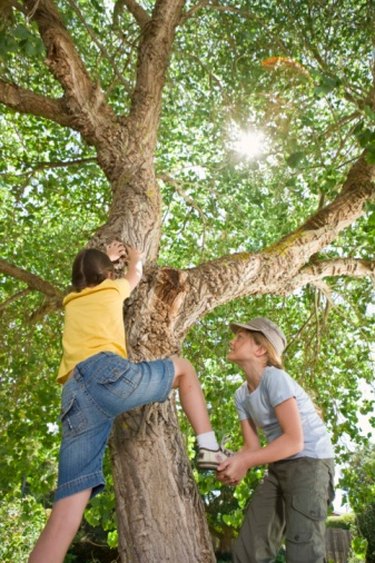
Ornamental plants, or plants that are ornamental rather than functional in a garden or landscape, include such groups as woody plants -- trees, shrubs and vines -- and herbaceous plants -- those that bloom annually and then become dormant. Around the world, a huge number of ornamental plants exist and methods of classifying or grouping them by common characteristics have evolved.
Life Span
Video of the Day
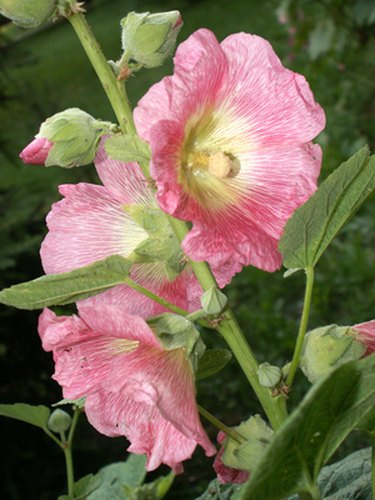
Life span is the system of classifying plants by life cycle. Annuals, like petunias and impatiens, live for one season only. Perennials, like roses and asters, die down each year and bloom again in the growing season. Biennials, like hollyhocks, produce vegetation their first year of growth, flower their second and then die.
Video of the Day
Growth Habits
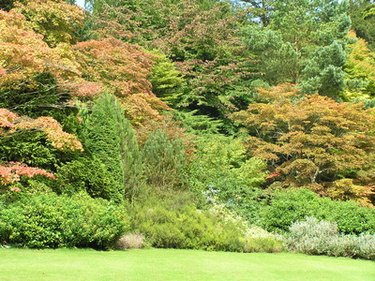
Plants are genetically predisposed to grow to specific shapes, heights and spreads. They are classified by these growth habits. Shrubs, with multiple branches starting at soil level, grow to less than 12 feet. Trees, with a growth habit of a single trunk, exceed 12 feet. Vines have a climbing and grasping growth habit. Shapes of shrubs and trees include columnar, oval, weeping and pyramidal.
Temperature Needs
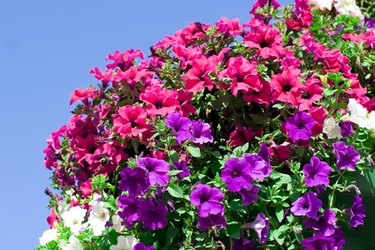
Ornamental plants are also classified in a number of ways by temperature. Plants may be grouped as tender, unable to tolerate frost and cold winds, or hardy, able to tolerate such conditions. Plants are also classified by hardiness, or their ability to withstand cold temperature. The cold hardiness zone is the measure of an area's minimum temperature. For example, plants able to grow in Fairbanks, Alaska, are classified as zone 1, and those able to grow in Honolulu, Hawaii, are in zone 11.
Stem and Leaf Structure
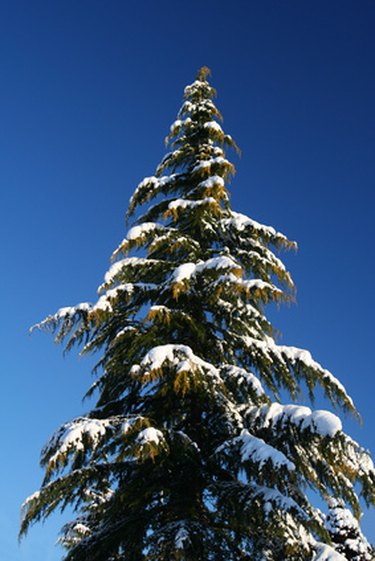
Ornamental plants with non-woody plant stems are grouped as herbaceous. Those with woody stems as woody. Plants that shed leaves annually are labeled deciduous. Evergreen plants keep leaves all year, and semi-evergreen may or may not retain their leaves, depending on winter temperature. Leaf structure is classified as broad, narrow or grasslike. Ash and maple leaves are broad, for example; pine and spruce, narrow; and ornamental grasses, grasslike.